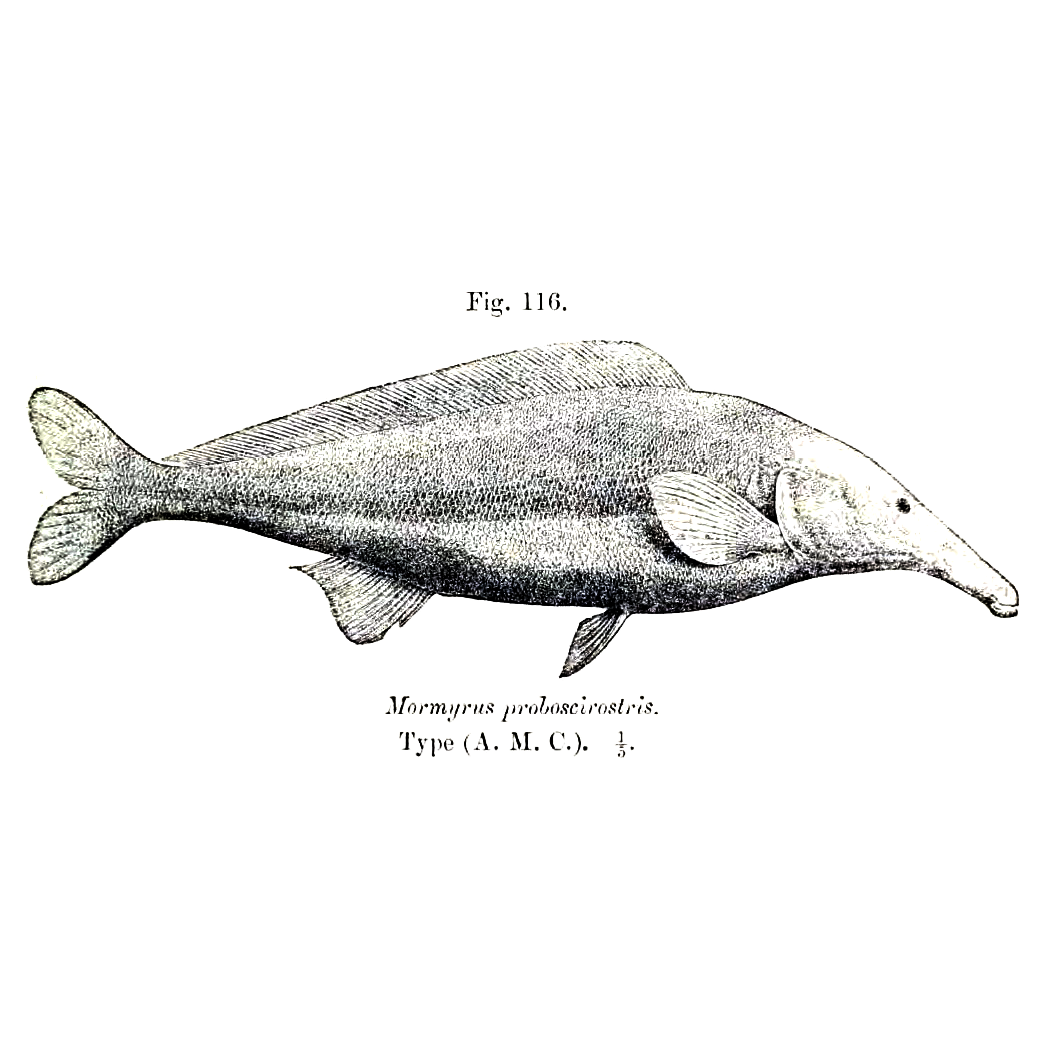
I’m in the middle of the second of two busy weeks. Last week France Cadet organized an excellent list of speakers for De l’objet de laboratoire au sujet social, and this week we’re working with Christian Graff whom she invited for a week-long workshop on electric fish. Régine Débatty has been posting her notes on we-make-money-not-art over the last few days and should give you a good idea of the highlights of last week (cf. Jens Hauser, Eduardo Kac). We’re only two days into the week-long workshop, so I can’t tell you much about it, but we’ve been working with Mormyridae, using an interface to listen into their rhythmic Electroreception. If you read my post a few months back on Echolocation you should see the interest this workshop had for us.
But the most exciting part for me has been over the last hour based on discussions we began yesterday with Christian and the members of Plot who are along for the ride (cf. « Mormyre » at Plotsème). As it turns out, all of the plot-ian concepts (as we call them here) from last year (« imprévu », « aléatoire », « lenteur », etc.) are perfectly aligned with a lot of the day-to-day theoretical discoveries of Christian’s research; and the conclusions and models he currently works with are quite brilliant for us and have just opened up some new territories. And on the question of physicalization, which I am working with more specifically through this blog and my thesis research, I’m equally seeing stars with everything Christian is showing us from his research — especially from the theoretical models he’s constructed only recently.
The basic question is randomness in relation to patterned activity, and what Christian calls « n’importe quoi ». We just spent ten minutes talking about the translation of « n’importe quoi » which he translated to « nonsense! » (I suggested he add the imperative to make it work), and which I prefer to translate as « WTF », « What the #@%; hence creating a nice corollary with « n’importe comment » which would translate pretty well to « just fuck around™ » (another term we use a lot in the atelier)*. Christian’s problem is the biological as well as ethological study of electric fish, and therefore a question of behavior, environment and communication through the perspective of evolution (predation, reproduction, etc). In relation to communication (and keeping in mind all the other factors), the desire would be to see the mormyridae as great communicators, as well as electrolocators. But as it turns out, these fish use their significant cerebral power not to communicate with one another, but instead to create complex random patterns that allow them not only to avoid communicating with one another (i.e. recognition for the sole purpose of distinction) but also to act as camouflage within the complex riverbed for predators that are equally receptive to their electrical pulses. They generate amazingly irregular patterns, and as Christian has just suggested, « irregularity requires significant cerebral activity ». So where the desire would have originally been to see their significant brain size (in relation to their body) as a hint of great communicative abilities (think dolphins), this might turn out to be pure anthropomorphism and instead could lead us in the opposite direction: rendering the mormyr’s signal indistinguishable from the complex rhythms of the riverbed.
As Jean Cristofol has just reminded us, this takes us directly back to the theories of information. Indeed, the calculations Christian uses are precisely those of entropy.
The hilarious idea then becomes number generation via biological phenomena, similar to what I’ve spoken about in the past (cf. Quantum Randomizer, Snowy Tree Cricket, etc). This is actually already a reality in the LOEIL laboratory where we’re working: Jean-Pierre Mandon hacked a Linksys router into a Linux-server that sends the Mormyr rhythms to us over UDP. Then Guillaume Stagnaro used the Hypermedia UDP Library Stéphane Cousot and I built last year to grab these UDP feeds through Processing and by the end of the first day we had this ridiculous little sketch (cf. Happy Code Farm) animating a silly little fish using the data feed. The idea is to make this a permanent feed (data and audio) which could then be fed into the Locus Sonus streams. So basically we’ve built something equivalent to what I suggested was possible a few months back concerning the Snowy Tree Cricket.
A final note — more of a footnote for future discussions: Jean Cristofol has been using the concept of an expanded body, seeing the entire electrical field in relation to proprioception, which is not to be understood in the Macluhan sense of an extended nervous system through technology. For example, Christian used the term « transparency » to describe the fish’s ability to see internal organs thanks to the electrical spatialization, and the entire space analyzed by the electrolocation as transparent.
